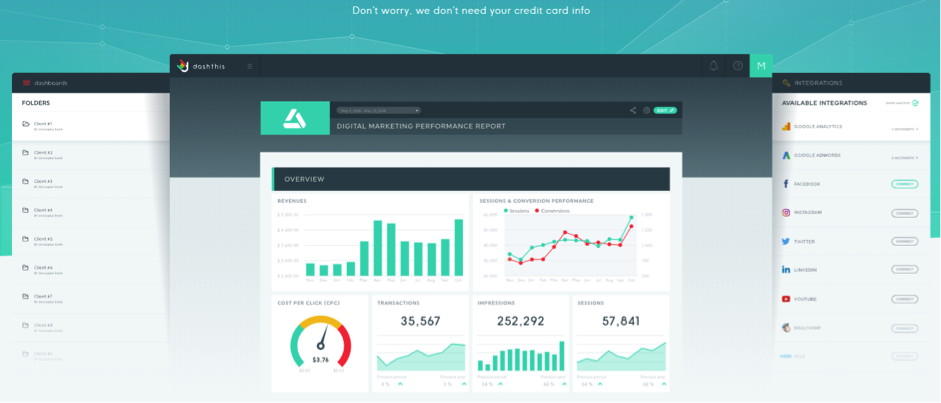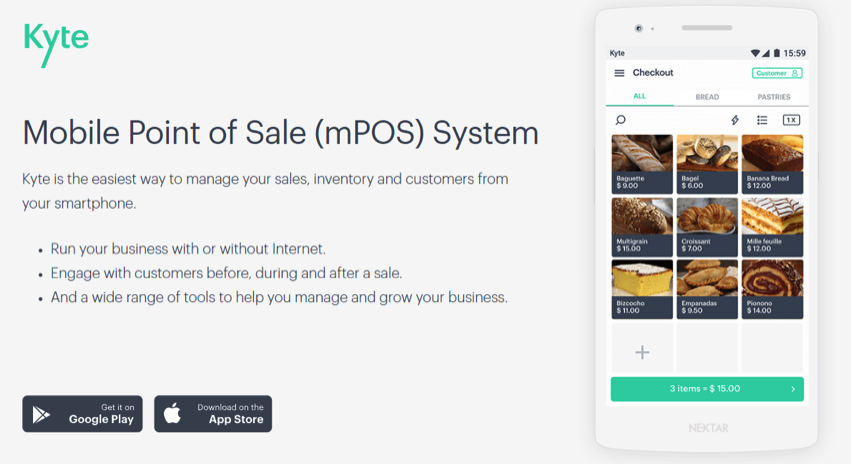6 time-saving tools to streamline your business operations
Whether you’re a solo entrepreneur (solopreneur) or you have a full team, running your own business can sometimes seem like a never-ending cycle of documents, tasks and communications.
Thankfully, there are tools available for almost anything you can imagine — and business operations are not an exception. Here are seven simple and proven tools that will allow any business owner to streamline their operations — from project management and marketing to finances and paperwork — saving them valuable time and money.
1. Manage your projects
Businesses of all sizes often struggle with project management, prioritizing and keeping on top of tasks.
Trello is a versatile and collaborative online tool that allows you (and your team) to monitor and prioritize not only the big tasks, but to manage the finer details and assign responsibilities. With both free and paid options available on desktop and mobile app, Trello is the perfect project management tool (and to do list!) for solopreneurs and teams alike.
Price: Paid options from $9.99 to $20.38 per month
Trial: No trial, but a free version is available
2. Save time with templates and automation
Whether it’s blogger outreach, pitching or link-building, there are a plethora of tools to help you save time in your sales and outreach.
A tool such as Pitchbox helps here, by integrating with your email account and contacts, supporting outbound communication campaigns. Part email management tool and part CRM, Pitchbox manages your outreach by matching incoming responses to your opportunities, allowing you to prioritize your responses.
Pitchbox also has an automated follow-up process, which allows you to set rules and messages for those who don’t respond to your initial contact. By prioritizing and taking the time-consuming follow-up process away, you have more time to focus on the other parts of your business, safe in the knowledge that outreach campaigns and outbound communications are covered.
Price: Upon request
Trial: You can book a demo
3. Bring your documents and paperwork online
Another brilliant digital tool is the Google Suite — otherwise known as G Suite. Not only does it include your Gmail and calendar functions including Google Docs, Google Sheets and Google Slides, you can benefit from the sophistication of Word, Excel and PowerPoint without the hefty price tag.
Cloud-based and digital, your documents on these programmes save automatically as you type, cutting back on the time spent by repeatedly saving and sorting through version histories. (And say goodbye to losing unsaved changes!)
Google Drive stores all of these documents in one secure place. Accessible across all devices, you can even invite others to collaborate on these documents, track changes and share with others. With Google Drive, no longer will you have to rely on printed paperwork and multiple collaborator versions, saving you critical admin time.
Price: From $6 to $25 per user per month
Trial: 14 days
4. Manage your marketing in one place
If social media is critical to your sales and marketing strategy for lead generation or brand awareness, it’s essential to use a content management tool. Curating and posting organic content across three or four platforms each week can become extremely time-consuming, and that doesn’t include the time spent on creating additional advertising content.
Loomly is an innovative social media management tool that not only allows you to manage your content and keep on top of all your social channels, but that also gives you tips as you create your posts including ideas, subjects, optimization tips and a preview function.
With Facebook post sponsoring and audience targeting available within the tool itself (goodbye Facebook Business Manager!), Loomly is a collaborative and useful resource to save you time on marketing.
Price: Starting at $20 per month
Trial: 15 days
Related: Just starting out in social media and not sure where to begin? Get these smart social strategies here.
5. Automate your reporting
Reporting is critical to your role as an entrepreneur, providing a top-down view of your business. Whether it’s marketing, financial or cash flow reporting, it’s critical that you have the right systems in place to be able to quickly identify your priorities as a business owner. You may also want to gauge the effectiveness of your social strategy, as well as the growth and engagement on each platform.
A tool such as DashThis includes key reporting such as channel overviews, periodic dashboards and campaign dashboards to monitor the effectiveness of any given campaign. With widgets and templates, it lets you customise your social media reporting and to share this data with collaborators or clients.
Price: Starting at $33 per month
Trial: 15 days
6. Soar higher with automated reporting
If you sell products, the Kyte app is an excellent resource for automated reporting. As a business owner, you need to know what sold, which are your best-selling products, revenue and, of course, your profit.
Kyte gives you a dashboard on your chosen device that is simple to understand and accompanied by intuitive and detailed reports. This app also works as a Point of Sale (PoS) system and as an online catalogue for your customers.
Price: Pro version $4.99
Trial: No trial, but a free version is available
































